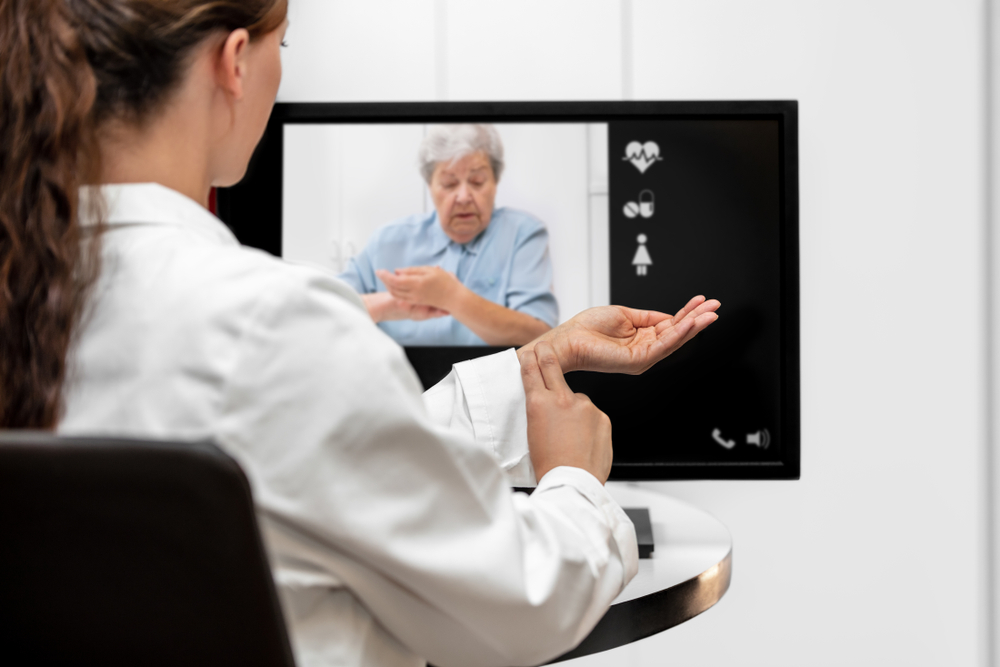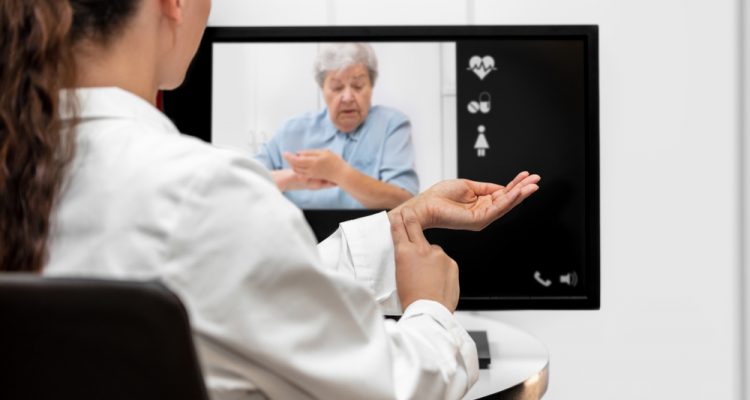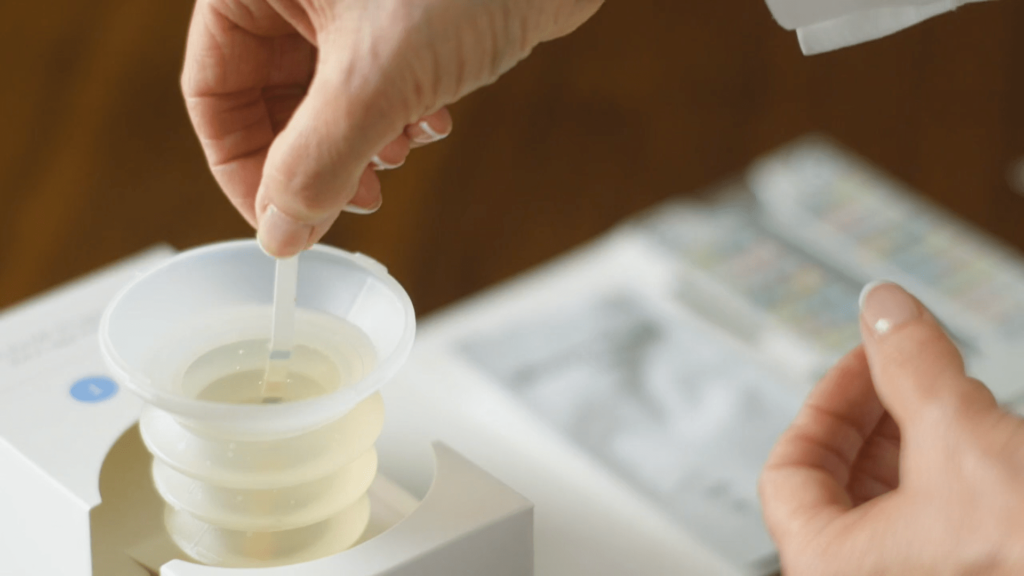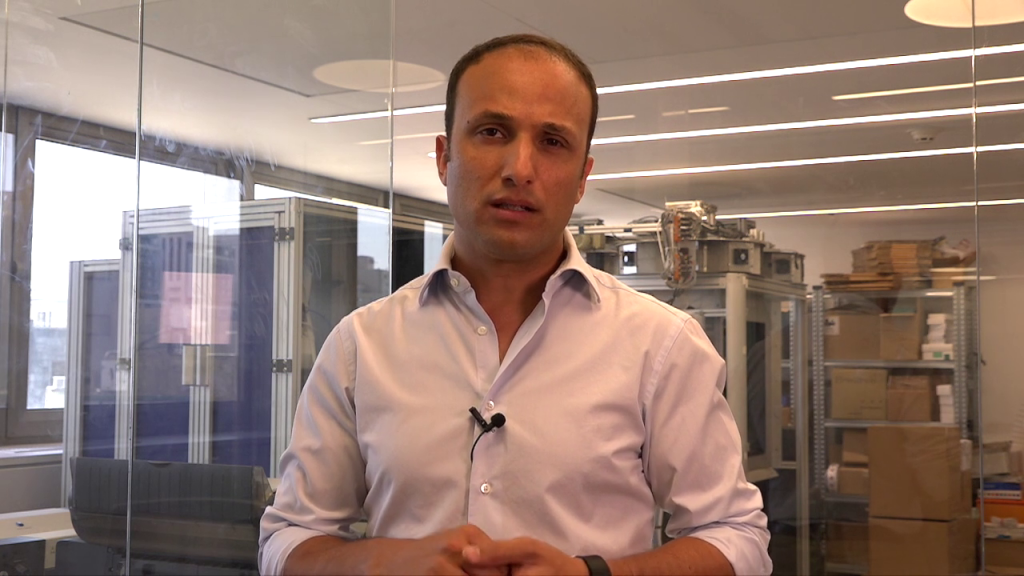In the months since the novel coronavirus made its first appearance on the world stage, people all over the world have been forced to make a series of quick, yet drastic changes to the way they live. The virus poses the most pressing global medical challenge in living memory, and the rapid pace at which we have been forced to adapt is similarly unprecedented. The need to impose extreme social distancing measures means that things that only months ago were considered a convenience—even a luxury—like long-distance learning, video-conferences, and online banking, are now a necessity.
Thanks to technology, businesses and schools continue to function remotely with some semblance of normalcy despite the troubled times. And even though the challenges the virus poses to healthcare are even more complicated, the solutions are in many cases similar. In order to treat patients at scale, while keeping exposure to a minimum when much of the population is ordered to remain at home, healthcare systems around the world are turning to remote care.
Remote care—sometimes called telehealth or telemedicine—is the use of technology to allow patients to receive testing, treatment and medical advice, without the need for them to be in the same room, building or even the same city as their clinician. Remote care can mean taking a urine test from home rather than at the clinic, or even conducting remote surgery with a robotic arm. The principle remains the same: giving patients the best possible medical care, from afar.
In the years before the coronavirus pandemic, the benefits of remote care seemed clear. It is convenient, as it saves the patient—and sometimes the clinician—the time and hassle of a trip to the clinic. It also has the potential to result in significant savings: the American Journal of Emergency Medicine estimated net cost savings per remote care visit to be between $19–$121. Finally, remote care can help expand access to care for rural and other underserved populations.
Yet remote care has thus far largely failed to make inroads into the mainstream healthcare space. According to a study by J.D. Power released in late 2019, only 10% of American healthcare consumers had made use of remote care services. And while satisfaction was high among those who had experienced remote care, awareness across the general public was low: 37% were unaware of whether or not the service was available to them, and only 25% of those in rural areas said that it was.
Within months, the coronavirus pandemic has changed that landscape. In the face of an exponentially growing threat, the closest thing to an exponential solution is a decentralized method that removes the physical boundaries between patients and their doctors. The federal government waived multiple restrictions on remote care, most significantly allowing Medicare to pay for many remote visits. Payers, providers, and vendors have followed suit.
“One enormous shift is clear: virtual care, or telemedicine, will become the new normal,” wrote the physicians and health policy experts Dr. Michael L. Barnett and Dr. Asaf Bitton. The appeal today is obvious: the public is urged to shelter in place, and a visit to the clinic carries the risk of contagion from the highly infectious virus. Receiving care remotely, without leaving home, is a highly attractive option. And clinicians, themselves at a high risk of exposure while oftentimes lacking suitable protective gear, can use remote care to treat patients safely. “The traditional primary care office visit is a last resort, for now”, wrote Dr. Barnett and Dr. Bitton. “Virtual care will be the only reasonable, safe option most of the time.”
What does this new normal look like on the ground? An article in the New England Journal of Medicine, called Virtually Perfect? Telemedicine for Covid-19, surveyed some of the ways remote care technologies are being deployed in the fight against the coronavirus. Remote care is being used as a means of triage to sort patients before they arrive in the emergency room, and to communicate with and care for quarantined patients without endangering staff. Emergency workers visiting patients’ homes can use remote care to loop in doctors, sometimes saving the need to bring the patient into the emergency room altogether. And as many healthcare professionals have themselves become infected with the virus, those quarantined but with light symptoms can use remote care to continue their work from afar—a godsend for healthcare systems that are already stretched paper thin.
Remote care has more to offer healthcare systems today than a safe way to treat people with Covid-19. Large swaths of the population—the elderly, pregnant women, and people with diabetes or hypertension—are following medical guidelines and staying home. Many of them are covered by Medicare or Medicaid, which have begun to embrace remote care following the recent federal initiative.
And thanks to remote care, the unique needs of at-risk populations can be met from their homes, in somewhat surprising ways. For example, pregnant women, who are being encouraged to steer clear of clinics except when absolutely necessary, can now do their routine urine tests safely from home, using their smartphone. Women in the UK and Israel are doing just that, with Healthy.io’s antenatal service. Their results are shared with their nurse midwife, and they can discuss them in a phone or video call.
The people most at-risk for chronic kidney disease (CKD)—people with diabetes and hypertension—should do an annual albumin test to check for protein in their urine. The presence of albumin is an early indication that they may have kidney damage, but only 20% of them do the test. That same group must take extra precautions not to get infected with the coronavirus, which is especially dangerous for them, potentially driving down their already-low test adherence rates. Healthy.io’s CKD Early-Detection Service allows those at risk to complete a clinical-grade urine test from home, using their smartphone, saving them a trip to the clinic and potentially saving their lives. Additionally, the service has been shown to raise test adherence from 0% to 71% among those at risk who had never undergone urine testing for CKD and consented to receiving a kit.
Healthcare systems that were traditionally hesitant to embrace broad stroke initiatives in remote care are now looking to quickly deploy innovative solutions wherever they can, and the demand has risen accordingly. At Healthy.io, we’re working hard to ensure our partners around the world have the kits they need to allow their patients to test from home, reducing both unnecessary exposure for patients and easing the burden on clinicians.
Even as its true benefits have crystallized, remote care will face challenges in the months and years to come. The shift to remote care requires clinicians and patients alike to master new tools and techniques. Not all healthcare systems have the requisite infrastructure in place to provide remote care at scale. And many situations remain where there is no substitute for the physical presence and touch of a medical professional. But after the pandemic is contained and defeated, remote care will be here to stay.
In 2018, another article in the New England Journal of Medicine wondered aloud what would happen if “health care were designed so that in-person visits were the second, third, or even last option for meeting routine patient needs, rather than the first?” We are about to find out.
Meeting patients where they are means understanding their individual needs, behaviors, and clinical history, and tailoring care accordingly. But especially today, it means something simple. Patients, now more than ever, are at home. Meeting them where they are increasingly means meeting them at home, with remote care.
To learn more about Healthy.io’s remote care solutions, please contact us.






